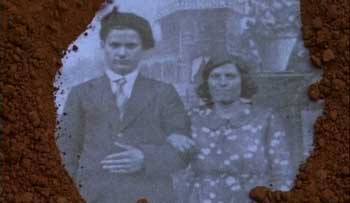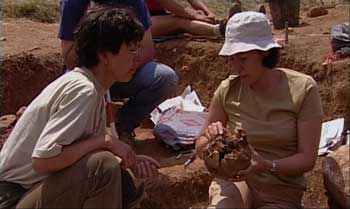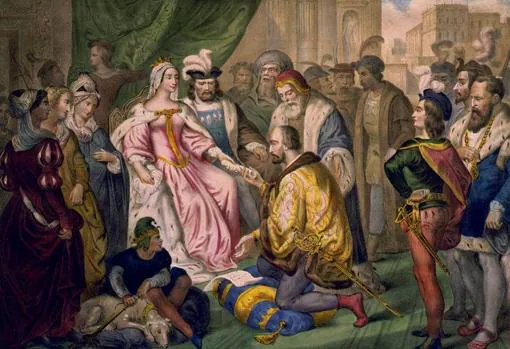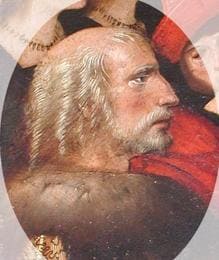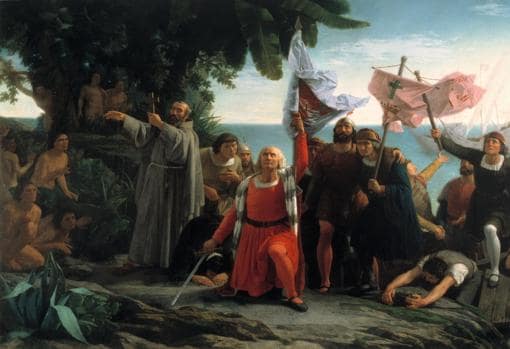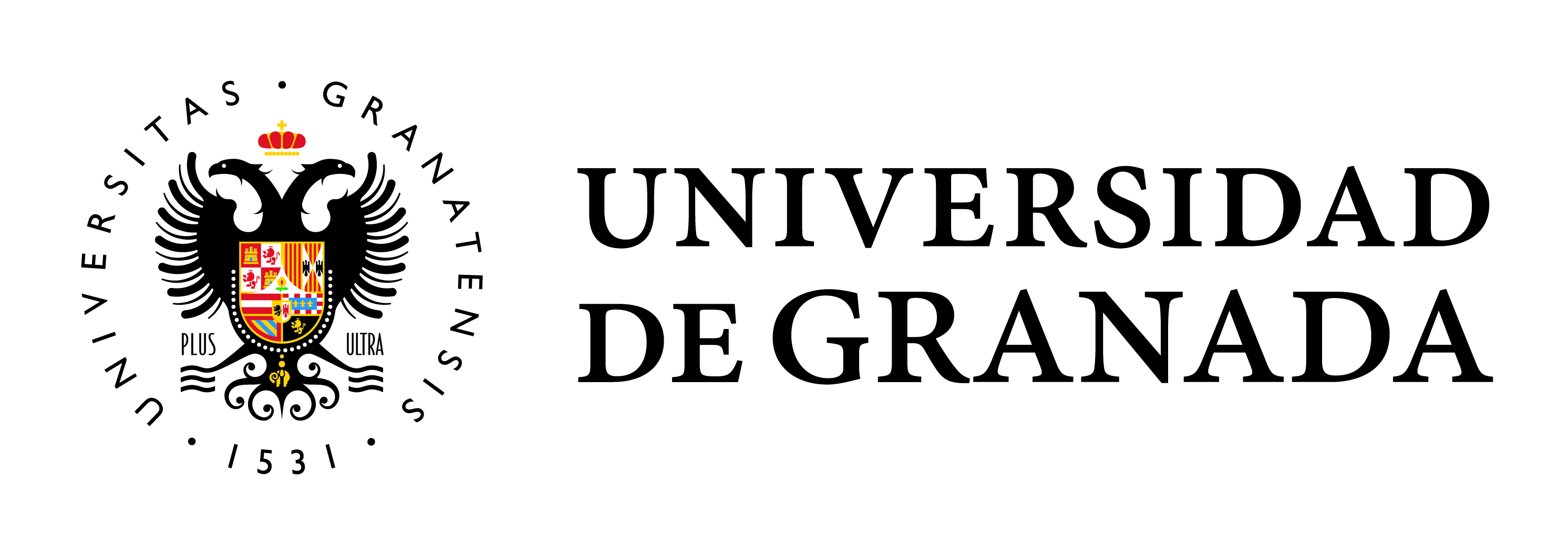Montuno
...como el Son...
Gobekli Tepe is 8000-7000 years earlier than Stonehenge
When Stonenghe was being built, there were already millenary urban settlements in Iberia, the Mediterranean, the Orient...
Gobekli Tepe could have certain similarities with Stonenghe : a religious center of celebration where different semi-nomadic groups met in common celebrations : they already had enough surplus resources and organization to be able to realize such megalithic projects, and they were on the verge of total sedentarization and full Neolithic...
In fact, @tobedetermined, long before the end of Stonenghe construction, very close to the Spanish Almagro you visited, the "villages" were already like this...:
Motilla de Azuer (Ciudad Real, Castilla-La Mancha; Spain) 2.200 before Christ.
(And beware that this is a very little village compared not only with the contemporary Cadiz or Huelva that is known, but with cities with up to five of kilométrics concentric circular walls surrounded by moats/artificial water channels, with a millennium older, like Jaen or Los Millares (Murcia) ). :
The last, reconstruction of another more little "Motilla" : "Village or town raised naturally or artificially above the ground, fortified, and with a canalization for access to drinking water."
Last edited:



